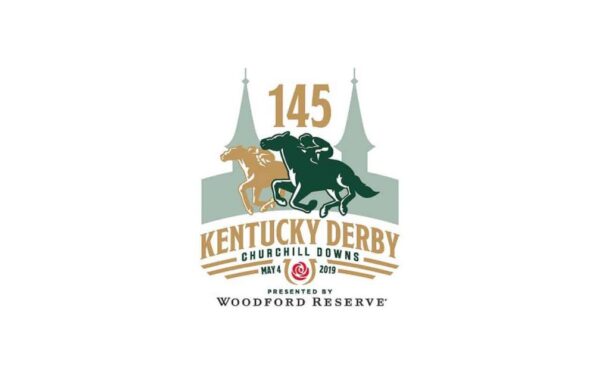
Race Horse Injuries
Like many people involved with horse racing, I was at the track in 2023 and watched, on more than one occasion, a tragic breakdown right before my eyes. The range of emotions from those around me ran the gamut: heartbroken, apoplectic, distraught, inconsolable, frustrated, despondent, etc. No one knew what to do, what to say, or who to say it to.
Those who have spent a lifetime in horse racing know these injuries are rare, but it doesn’t make it feel any better at the time. And people unfamiliar with horse racing can quickly become indignant that this can happen—that we “let this happen” to our equine athletes. We rarely have the words or the immediate energy to explain that these breakdowns are actually quite rare (even if and when they come in clusters).
In the aftermath of the tragic breakdowns of 2023, I decided that every racetrack should have a page in its program that helps people understand racehorse injuries better—a page that explains what can and cannot be done to repair and/or address said injuries. This is that page. My hope is that every racetrack will add some version of this to their daily program.
Make it your own—I don’t need any credit. This is my attempt at giving people and racetracks the words that they need—when they need them—to help people understand that the horses in our care really are getting the best possible care.
Please click here for a downloadable version in PDF Format
Racehorse Injuries: What can be done?
Racehorses are athletes, and like all athletes, they incur injuries. The vast majority of these injuries are rehabilitative. However, on rare occasions, our equine athletes sustain a catastrophic injury.
Catastrophic Injury
While “catastrophic” is defined as “involving or causing sudden great damage or suffering,” in horse racing, it generally refers to a career-ending or fatal injury.
There are many types of fractures in horses that are reparable with surgery or time away from racing and training. However, a compound fracture (where the broken bone lacerates the skin) carries a great risk for infection, even if the bones are somehow stabilized.
When To Operate/When Not To
If a horse suffers a broken bone, there is no skin laceration, and the horse can place weight upon the injured leg, surgery is generally recommended. The prognosis for healing depends upon how the surgery goes. However, if a horse cannot place weight upon the injured leg, surgery is not recommended.
Why not try?
Horses are physiologically designed to walk around. Their entire circulation and digestive systems are designed for frequent movement, with their weight distributed on all four legs. If a disproportionate amount of their weight is placed on only two or three of their legs, they are prone to laminitis or colic.
Laminitis
A painful disease that leads to perforation of the coffin bone through the sole of the hoof or being unable to stand up, requiring euthanasia.
Colic
Colic in horses is defined as abdominal pain, but it is a clinical symptom rather than a diagnosis. The conditions that cause colic can become life-threatening in a short period of time, especially without surgical intervention.
Can we eliminate catastrophic injuries?
We hope so! Since 2009, the United States has seen a 34% reduction in catastrophic injuries1, including a 22% decrease since 20182. The New York Racing Association has used all its resources to affect a 43% decrease in racing fatalities at NYRA tracks3 since 20124.
Catastrophic Injuries Are Rare
The incidence rate is roughly 1.325 per 1,000 starts, making them statistically rare. The fact is that 99% of the time, a calamitous injury does not occur. Even when they do occur, they rarely have much in common. Injuries can occur to a horse in any of its four legs, affecting any one of their 205 bones. These injuries occur on turf, dirt, fast tracks, muddy tracks, on the turn, in the stretch… the list goes on. The wide variety of injuries and circumstances does not offer researchers enough commonalities to pinpoint causation.
********************************
Optional FAQs
As the answers may differ from track to track, each racetrack should decide which of these FAQs they use and provide the answer that is true for their track:
Are horses checked by a veterinarian before they are allowed to compete?
Are there veterinarians on the track to monitor horses just before the race?
If a jockey feels like a horse is not sound, do they have to ride them anyway?
What types of medications are permitted on race day?
What types of out-of-competition medications are permitted?
- https://jockeyclub.com/default.asp?section=Advocacy&area=10 ↩︎
- https://jockeyclub.com/default.asp?section=Advocacy&area=10 ↩︎
- Stats for NYRA tracks came from the New York State Gaming Commission’s website. However, they only publish “Equine Breakdown, Death, Injury and Incident,” which means that some of these deaths could be from a heart attack, heat stroke, or some other non-broken-bone incident. ↩︎
- https://breakdown.gaming.ny.gov/ ↩︎
- Average over 2021, 2022, and 2023: https://jockeyclub.com/default.asp?section=Advocacy&area=10 ↩︎
SUBSCRIBE NOW TO GET NEW POSTS FROM DONNA, DELIVERED TO YOUR INBOX.


